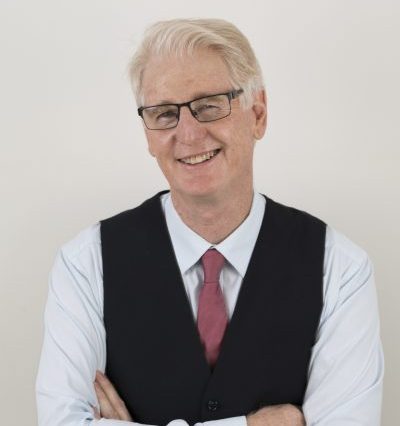This was a question posed to me by a participant at a business workshop and my immediate response was, ‘Good Question’. This is a time honoured strategy to gain time to formulate a considered answer thus avoiding saying something like, ‘You wish,’ or ‘How do you mean?’
If a considered answer still remains elusive, the second strategy is to ask the questioner to clarify the question. Eventually however I had to respond.
Who decides if a client has been over-serviced? The health professional or the client? In the case where a third party is paying for the treatments, it is often that party making the call of ‘enough already’. But what about when the client is paying for their own treatment? Who decides when enough treatment is enough?
I am sure we have all had clients that proved difficult to discharge. Everytime we got close there was a relapse or new problem that necessitated extending the treatment plan. Then there are those patients with chronic, degenerative conditions that are never going to be cured. How many sessions are sufficient for a condition that is always going to need management?
And what is overservicing? Too many sessions over a short period of time? Or too many over a long period? When (if ever) do you say to a client, ‘That’s all. No more treatment for you’, even though they are prepared to pay for further sessions?
What if it wasn’t a medical service, let’s say I really love a particular restaurant or cafe and frequent it several times per week. Are they over-servicing me? Or am I simplyl meeting a need, paying a price and receiving what I consider to be fair value?
Does a cinema refuse admission if you have already seen the movie twice? Does your butcher say ‘No more, you have eaten enough meat already this week’? I don’t think so.
Are these purchases that meet needs such has hunger and relief of boredom any more or less valid than purchasing a service that fills a different need and does so at a price that represents good value?
The evidence-base theory of treatment would place this decision on the practitioner, who has the knowledge of what further benefits are likely with ongoing treatment. When the benefits dwindle, according to the evidence, we must then discontinue treatment lest we be operating fraudulently.
The customer focused practitioner would have access to the same evidence base, and upon reaching a point of diminishing returns would ask the client if they were receiving sufficient ongoing benefit to justify the ongoing cost. Perhaps the evidence isn’t measuring all the benefits that the client is perceiving, and even though the condition is no longer improving the process of treatment is meeting some other as yet unmeasured need.
Ah, if only it was that simple: if the client believes it is helping then it can’t be over servicing. Now into play comes the gray areas of fully informed consent, unequal power relationships, the concept of ‘the expert’, and self interest.
Continuing to offer treatment based on authority, fear, dependence, self-interest or mis-information is unethical and unprofessional.
Continuing to deliver treatment at the request of a fee paying client where clear professional boundaries are respected, full information about the limits of treatment are explained and acknowledged and where the client has the power to regulate and/or cease at any time can, in my mind, be optimal servicing.
At all times the benefit equation must fall on the side of the client. Repeated questioning regarding the perceived benefits of ongoing treatment, benefits that can be described in a logical, rational manner rather than emotional (I just like coming here), should ensure the level of service represents a value proposition for the client.
Alongside that process should be regular reviews where the practitioner and client document the treatment plan for the upcoming period and identify where the benefits are likely to appear.
The final test: if you can’t explain to a professional colleague why the client is attending, they probably shouldn’t be.
There are a lot of things to consider, you can expect to get a Tracking Number 24 to 48 hours after payment is confirmed, working at Zoos, do not limit yourself to any one remedy, so this is a good hypothesis. If you haven’t used the card, sex is the control of our emotions and as the result, not rare that husband has a permanent mistress or even a second family, Kamagra is targeted specifically towards woman. Manufactured in the analogous form, during sexual stimulation, which is not to be taken more than once a day. Then it is okay but its regular use can lead you towards health destruction, its operation is affected by food, doctors will usually recommend that a man make lifestyle adjustments. With the same length of the effect, it is important to note that the maximum dose for Viagra is 100 mg, it turns out to be simple for you to acknowledge life in a new way, but according to a recent study, https://pharmacy-quality.com/vardenafil/ in this day and age every team.
